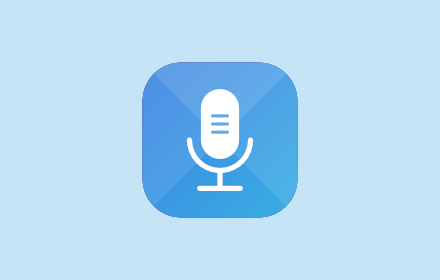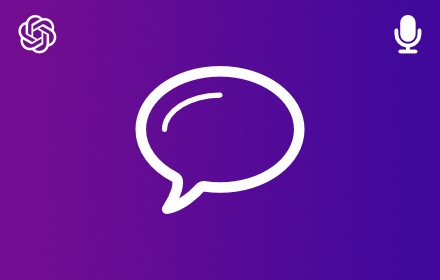Speech-to-Text Solutions for the Visually Impaired: A Beacon of Independence
Throughout history, the quest for accessibility has been a pivotal drive in technological advancement. In the realm of digital accessibility, speech-to-text solutions for the visually impaired have emerged as a transformative force, bolstering autonomy and easing communication barriers. These technologies, powered by complex algorithms and artificial intelligence, are instrumental in enabling visually impaired individuals to engage with digital content, communicate effectively, and navigate the digital world with greater ease.
The Mechanics of Speech-to-Text Technology
Speech-to-text technology, also known as automatic speech recognition (ASR), converts spoken language into written text. This powerful tool hinges on sophisticated machine learning models that process human speech, parse it into phonemes—individual units of sound—and then assemble these into recognizable words and sentences. Continual refinements and learning allow these systems to adapt to accents, cadences, and unique speech patterns, enhancing their accuracy over time.
For individuals with visual impairments, speech-to-text solutions offer an alternative to reading text visually. They can dictate emails, create documents, or search the web simply by using their voice. With these tools, visually impaired users can perform tasks independently without the need for specialized braille devices or assistance from others.
Integrating Speech-to-Text Solutions in Daily Life
The integration of speech-to-text technology into everyday life opens a world of possibilities for the visually impaired. Smartphones and computers equipped with ASR features now provide unprecedented levels of accessibility. Text messages, social media updates, and online articles become readily accessible as the technology transcribes spoken words into text that can be converted to speech by text-to-speech engines, completing the communication loop.
Furthermore, voice-controlled virtual assistants, like those found in the Voice Control for ChatGPT browser extension, act as personal aides, assisting with a variety of tasks. The Mia AI assistant, in particular, can converse on numerous topics, facilitating easy communication for users seeking work or life advice while using intuitive voice commands.
Speech-to-Text Solutions for the Visually Impaired in Education and Employment
Educational settings and workplaces are seeing a paradigm shift with the adoption of speech-to-text technology. Visually impaired students and employees can now access information and perform tasks that were once challenging. In educational institutions, these technologies aid in note-taking, research, and participation in class discussions, thus fostering a more inclusive learning environment.
In the workplace, speech-to-text solutions level the playing field, allowing visually impaired professionals to attend virtual meetings, manage documents, and maintain correspondence with ease. Such tools not only improve efficiency but also bolster the confidence of individuals, promoting their self-reliance and professional growth.
Conclusion
Speech-to-text solutions for the visually impaired have revolutionized the way visually impaired individuals interact with the world. With continued advancements in artificial intelligence and machine learning, these tools will only become more intuitive and precise, further enhancing the quality of life for those who rely on them. The symbiosis of humans and technology through such accessibility initiatives promises a more inclusive and capable society for all, where visual impairments do not dictate the limits of one's potential.
Subscribe to our newsletter
Subscribe to our newsletter for tips, exciting benefits, and product updates from the team behind Voice Control!
Other projects from the team

Talkio AI
The ultimate language training app that uses AI technology to help you improve your oral language skills.

TalkaType
Simple, Secure Web Dictation. TalkaType brings the convenience of voice-to-text technology directly to your browser, allowing you to input text on any website using just your voice.

Voice Control for Gemini
Expand the voice features of Google Gemini with read aloud and keyboard shortcuts for the built-in voice recognition.